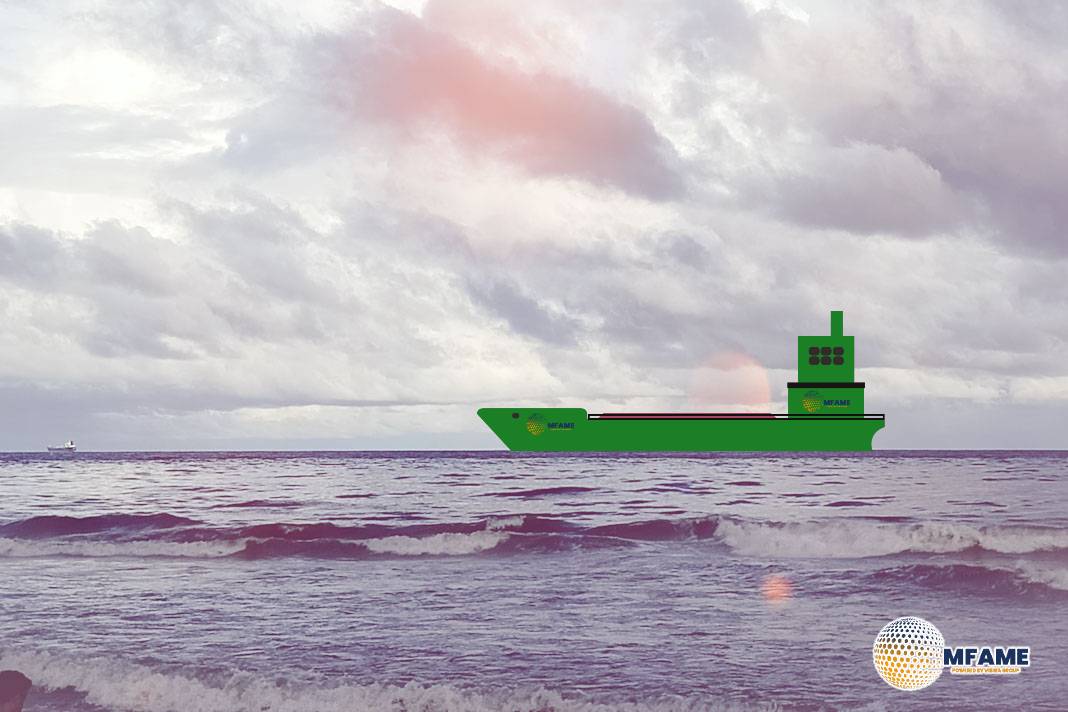A small aluminium vessel experienced vibration from the propeller, reads an IMCA Safety flash.
What happened?
It was initially suggested that the vessel had been damaged by hitting a floating object, and that, following assessment, the damage was minimal, permitting continued operations.
However, a few weeks later a crack in the vessel skeg was discovered as water was leaking into the steering room. Crew installed a cement box to stop the leaking. Shore-based management required the vessel to stop operations for repairs.
What went wrong?
The decision to continue operations and underestimate the vibration on the aluminium vessel led to increased structural stress and led to the hull crack.
Aluminium has a lower fatigue threshold than steel, making it more prone to cracking under repetitive stress or vibration.
Vibration is very critical in aluminium vessels. Vibration was ignored and the vibration caused further cracks that could potentially have caused a serious leak and sank the vessel.
Lessons
Never underestimate vibration – particularly if there is a change or increase in vibration. Have a suspicious mind: investigate, don’t ignore it.
Did you subscribe to our daily Newsletter?
It’s Free Click here to Subscribe!
Source: IMCA

















